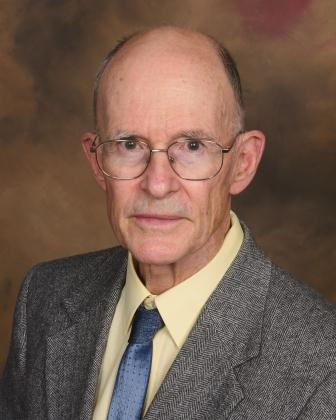The International Zavoisky Award 2012
Professor Richard W. Fessenden (University Notre-Dame, USA) is distinguished for his fundamental studies of short-lived free radicals produced in liquids by high energy radiation.

Professor Richard W. Fessenden
Professor Fessenden is responsible for development of an experiment that couples an electron spin resonance (ESR) spectrometer with a 3 MEV Van de Graaff accelerator in order to study the ESR properties of short-lived radicals produced in the radiolysis of liquids. This was the first successful attempt to study free radicals produced in the irradiation of liquid samples. His work resulted in the identification of a large number of chemically important transient free radicals, the analysis of their resonance spectra, their reaction kinetics as well as in some cases discoveries of novel properties of their molecular and electronic structures.
A number of surprising discoveries have resulted during the course of his work. For example, during irradiations in which hydrogen atoms are produced, the intensities of the hydrogen atom ESR signals are anomalous in that their low field lines appear in emission rather than absorption. This observation is now understood to result from the fact that the spin states initially produced by high-energy radiation are not in a Boltzmann equilibrium. This phenomenon, known as chemically induced dynamic electron polarization (CIDEP), results from selectivity in the reaction of different spin states and is a precursor to chemically induced dynamic nuclear polarization (CIDNP), a phenomenon of particular interest to organic chemists.
As another example, the electron distribution found in the cyclohexadienyl radical showed that its ring structure is planar. The two protons at the site of H addition have twice the hyperfine constant expected on the assumption that the adjacent spin populations are additive. This observation provides an elegant example of molecular quantum mechanics in which wave functions amplitudes and not intensities (spin populations) are additive.
Fessenden’s research work in ESR spectroscopy has contributed significantly to the fields of radiation chemistry, free radical molecular and electronic structure, and chemical reaction kinetics.
Professor Fessenden was awarded the Silver Medal of the International EPR Society in 1998.

